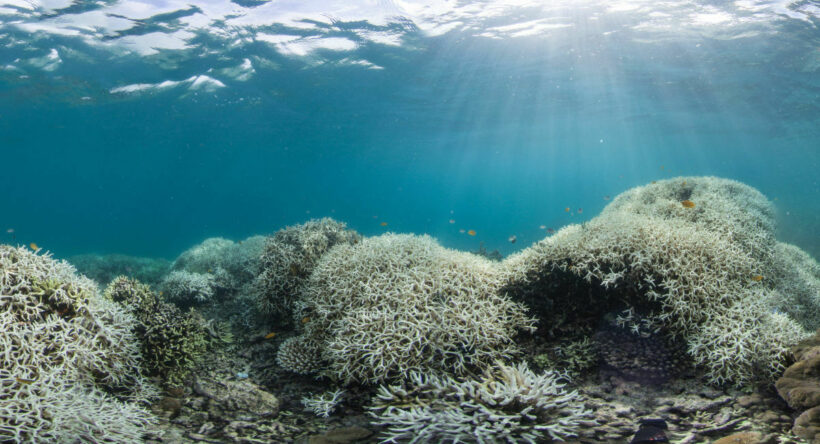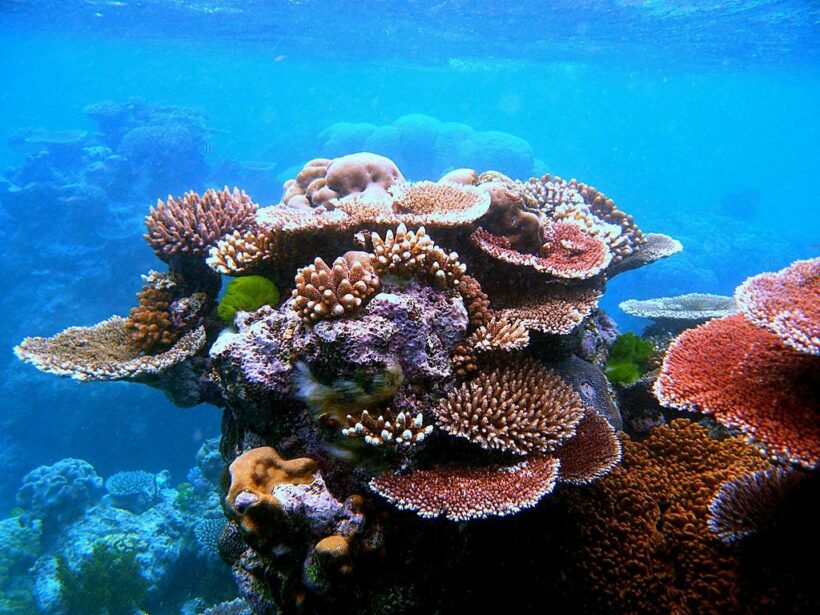Bleaching damages Australia’s Great Barrier Reef, corals drained of colour

Bleaching has damaged Australia’s Great Barrier Reef, including in its marine park. Bleaching occurs when rising ocean temperatures drain corals of their colours. Marine park authorities say the bleaching is “widespread” across multiple regions, ranging from minor to severe.
High sea temperatures have caused bleaching in the reef since 1997, and many corals struggle to survive. Meanwhile, starfish also eat corals, and some corals have been damaged by cyclones. In this most recent instance of bleaching, park authorities said the Townsville region is the most impacted.
The UN threatened to lower the reef’s World Heritage ranking in 2015. Australia then poured billions of dollars into protecting the reef. This year, the country’s government announced new funding to prevent the reef from being removed from the World Heritage list altogether. The government’s efforts are believed to have slowed the reef’s decline, but much of it has already been damaged.

Some countries are ashamed to be have their natural sites listed as “in danger”, while others want their natural sites on this list to get international attention to help save them.
The reef is the largest living structure on earth, and can be seen from outer space.
Global warming severely impacts Australia. A meteorologist said a storm that killed at least 13 people earlier this month was caused by a long stream of airborne moisture. Scientists say climate change is worsening Australia’s floods, brushfires, cyclones, and droughts.
SOURCE: Bangkok Post
Latest Thailand News
Follow The Thaiger on Google News:


























